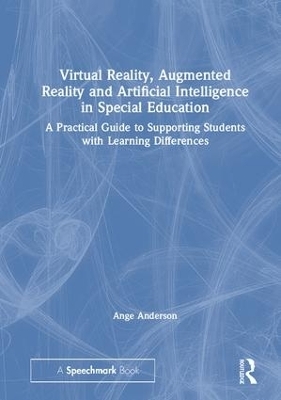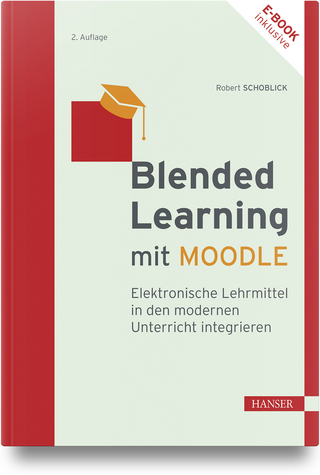
Virtual Reality, Augmented Reality and Artificial Intelligence in Special Education
Routledge (Verlag)
978-0-367-14532-3 (ISBN)
New technologies and ongoing developments in the fields of Virtual reality, augmented reality and artificial intelligence are changing the ways in which we facilitate learning. Recognising the positive role these technologies can play in the learning and progress of students assessed as having special educational needs, this practical guide explains the characteristics, benefits, risks and potential applications of new technologies in the classroom.
An innovative and timely resource, Virtual Reality, Augmented Reality and Artificial Intelligence in Special Education offers a background in the evidence-based theory and practice of using new technologies in an educational context. Accessible and free of complex jargon, chapters provide information on the development, intended uses and most current terminology used in relation to technologies, and explains how modern equipment, approaches and possibilities can be used to promote improved communication skills, independent learning and heightened self-esteem amongst students diagnosed with SEND. Offering a wealth of practical tips, downloadable resources and ideas for engaging with technology in the classroom, the text will support teachers to ensure that students can benefit from exciting technological advances and learn to use them appropriately.
Demystifying a complex and varied field, this practical resource will inspire and inform teachers, SENCOs and practitioners working with children and students with SEND as they harness the use of technology in the classroom.
Ange Anderson is Headteacher of a Special school for pupils aged 2-11.
Acknowledgments List of Figures List of Tables and downloadable resources Introduction Chapter One: The Fourth Industrial Revolution Chapter Two: What is VR, AR and AI? Chapter Three: Traditional Methods and Why They Fail Chapter Four: The Pathways to Teaching and Learning Using Our Senses Chapter Five: Virtual Reality -Teaching and Learning Opportunities for Students with Learning Difficulties Chapter Six: Augmented Reality (AR) And Learning Opportunities for Children with Learning Difficulties Chapter Seven: Artificial Intelligence- Teaching and Learning Opportunities for Students with Learning Difficulties Chapter Eight: Health and Safety Implications in The Technological Age Appendix and Resources References Index
| Erscheinungsdatum | 22.03.2019 |
|---|---|
| Zusatzinfo | 3 Tables, black and white; 16 Line drawings, black and white; 12 Halftones, black and white |
| Verlagsort | London |
| Sprache | englisch |
| Maße | 174 x 246 mm |
| Gewicht | 500 g |
| Themenwelt | Schulbuch / Wörterbuch ► Unterrichtsvorbereitung ► Unterrichts-Handreichungen |
| Medizin / Pharmazie ► Medizinische Fachgebiete ► Psychiatrie / Psychotherapie | |
| Sozialwissenschaften ► Pädagogik ► Sonder-, Heil- und Förderpädagogik | |
| ISBN-10 | 0-367-14532-4 / 0367145324 |
| ISBN-13 | 978-0-367-14532-3 / 9780367145323 |
| Zustand | Neuware |
| Haben Sie eine Frage zum Produkt? |
aus dem Bereich


